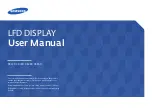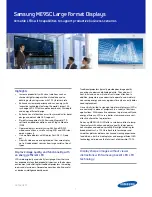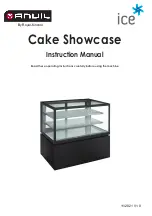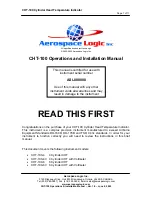
PRIMUS
r
1000 Integrated Avionics System
A28--1146--112--00
C--35
PRIMUS
â
II Radio System
D
SPKR and HDPH Controls
-- These controls are used to adjust the
overall on--side speaker and headphone volume. They function in
series with the individual audio source controls.
D
S.T. Level Control
-- The sidetone level control is used to prevent
undesirable feedback of speaker sidetone audio into the
transmitting microphone. When transmitting, both the on--side and
off--side speaker sidetone audio levels are lowered. In addition, the
off--side headphone and sidetone levels are lowered. When the S.T.
control is in the latched (in) position, the on--side cockpit speaker is
turned off and when the control is in the unlatched (out) position, the
on--side cockpit speaker is on.
D
Marker (MKR) Beacon Volume Control
-- This control is used to
adjust the marker beacon volume to the speaker and headphone. The
volume cannot be adjusted below an internally preset level. When the
MKR control is in the latched (in) position, the on--side cockpit
speaker/headphone is turned off and when the control is in the
unlatched (out) position, the on--side cockpit speaker/headphone is on.
D
Marker Beacon MUTE and HI SENS/LO SENS Sensitivity
Controls
-- The MUTE control is used to temporarily silence the
marker beacon audio. When the MUTE button is momentarily
pushed, the audio is muted. The audio remains muted for the time
it takes the aircraft to leave the influence of the marker beacon, then
it resets (unmutes) in preparation for reception of the next marker
beacon. The marker beacon receiver sensitivity is controlled by
rotating the MUTE control to the HI SENS or LO SENS positions.
D
Interphone (INPH) Volume Control
-- The INPH (intercom)
volume adjusts the on--side headphone audio level when the
interphone function is used.
TUNING BACKUP CONTROL HEAD OPERATION
General
The tuning backup control head shown in figure C--16, is located on the
center console, between the RMUs.
The tuning backup control head can be used before engine start for
initial communications with low power drain. It can act as a stand--alone
control unit or a back--up third control. It has two operating modes,
normal and emergency, which are selected by the MODES rotary knob
on the tuning backup control head front panel.








































